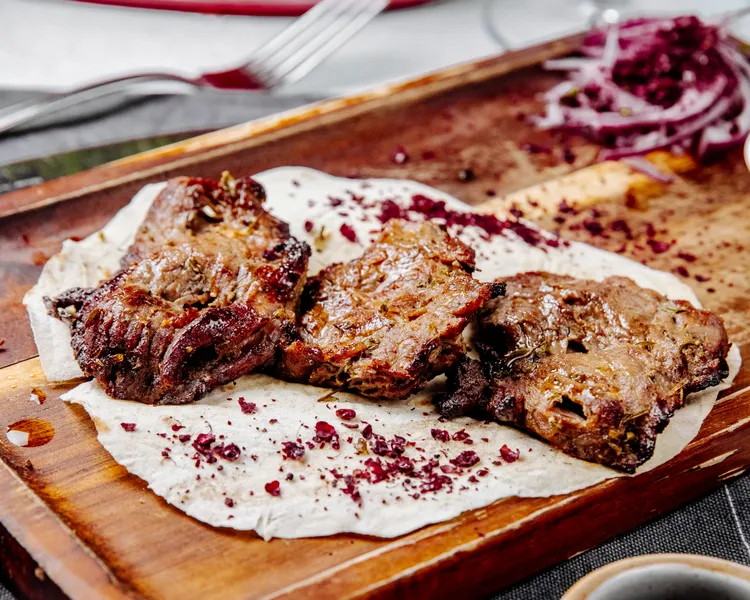Vitamin B9 (Folate): The Unsung Hero of Health + 20 Delicious Foods Packed with It
If you're passionate about cooking healthy, nourishing meals, there's one vitamin you cannot afford to overlook: Vitamin B9, also known as folate (or folic acid in its synthetic form). While vitamin C and iron might get more attention, folate quietly supports your body's most vital functions - from red blood cell formation to DNA repair. Whether you're cooking for growing kids, pregnant moms, or just aiming to feel more energized and focused, B9 is a must-have nutrient on the plate.

What Is Vitamin B9 (Folate)?
Vitamin B9 is a water-soluble B-vitamin that exists in two main forms:
- Folate - naturally occurring in whole foods
- Folic acid - synthetic form found in supplements and fortified foods
Folate is crucial for:
- DNA and RNA synthesis
- Red blood cell formation
- Preventing birth defects during pregnancy
- Brain function and mental clarity
- Energy production
Because your body doesn’t store much B9, you need to get it daily through food or supplements.
Symptoms of Folate Deficiency
Folate deficiency is more common than most people realize, especially among:
- Pregnant women
- People with digestive disorders (like celiac or IBS)
- Heavy alcohol users
- Those on certain medications (e.g., methotrexate, birth control)
Common signs include:
- Fatigue or weakness
- Poor concentration or memory issues
- Irritability or depression
- Pale skin
- Mouth sores or a swollen tongue
- Shortness of breath
- Birth defects (neural tube issues) in unborn babies
If you suspect a deficiency, speak to your healthcare provider and consider a blood test.
Top 20 Foods High in Vitamin B9 (Folate) - Cooking-Friendly Picks
Here are the best folate-rich ingredients that belong in your kitchen - and your favorite dishes!
1. Spinach
- Folate: ~130 mcg per 1/2 cup cooked (33% DV)
- Use in smoothies, omelets, soups, or sautés
2. Asparagus
- Folate: ~130 mcg per 4 spears (33% DV)
- Delicious roasted, grilled, or tossed with lemon
3. Black-Eyed Peas
- Folate: ~210 mcg per 1/2 cup cooked (53% DV)
- Great in stews, salads, and southern-style dishes
4. Lentils
- Folate: ~180 mcg per 1/2 cup cooked (45% DV)
- Add to soups, curries, or veggie burgers
5. Broccoli
- Folate: ~84 mcg per 1/2 cup cooked (21% DV)
- Steam, roast, or sauté with garlic and olive oil
6. Brussels Sprouts
- Folate: ~78 mcg per 1/2 cup cooked (20% DV)
- Try them roasted with balsamic glaze or shredded in salads
7. Sweet Corn
- Folate: ~75 mcg per 1/2 cup cooked (19% DV)
- Perfect in chowders, casseroles, and summer salads
8. Kidney Beans
- Folate: ~115 mcg per 1/2 cup cooked (29% DV)
- Ideal for chili, burrito bowls, or bean salads
9. Eggs
- Folate: ~22 mcg per large egg (6% DV)
- Versatile for breakfast, lunch, or dinner
10. Avocados
- Folate: ~80 mcg per 1/2 avocado (20% DV)
- Add to toast, tacos, or creamy dressings
11. Peanuts & Peanut Butter
- Folate: ~70 mcg per 2 tbsp (18% DV)
- Spread on whole grain bread or blend into smoothies
12. Strawberries
- Folate: ~35 mcg per cup (9% DV)
- Great for desserts, smoothies, or breakfast bowls
13. Oranges & Orange Juice
- Folate: ~40-60 mcg per medium orange or 1 cup juice
- Fresh-squeezed juice is a folate-rich start to the day
14. Beets
- Folate: ~68 mcg per 1/2 cup cooked (17% DV)
- Roast, pickle, or spiralize into salads
15. Sweet Potatoes
- Folate: ~18 mcg per 1/2 cup cooked
- Comforting, fiber-rich, and perfect for meal prep
16. Turnip Greens
- Folate: ~107 mcg per 1/2 cup cooked (27% DV)
- Use in southern dishes or stir-fries
17. Fortified Grains (Bread, Pasta, Cereal)
- Folate: ~100-400 mcg per serving
- Check labels - many products in the U.S. are enriched with folic acid
18. Oats
- Folate: ~14 mcg per 1/2 cup dry
- Pair with bananas, berries, or nuts for a power breakfast
19. Cheese (particularly Swiss and Ricotta)
- Folate: ~15-20 mcg per ounce
- Combine with spinach or eggs for a folate-rich meal
20. Salmon
- Folate: ~20 mcg per 3 oz cooked
- A healthy protein with bonus omega-3s
Cooking Tips to Maximize Folate
Since folate is water-soluble and heat-sensitive, it can be lost during cooking.
Here’s how to preserve it:
- Steam instead of boiling veggies
- Cook with minimal water and avoid overcooking
- Use raw or lightly sautéed greens in salads and wraps
- Save and reuse cooking liquids from beans or greens
- Store produce properly to prevent folate degradation
Let Food Be Your Folate
Vitamin B9 is more than just a prenatal vitamin - it’s a daily essential for cellular health, mood, and energy. With the right ingredients in your kitchen, getting enough folate is both delicious and easy.
Want Folate-Rich Recipes? Discover our Vitamin B9-Rich Recipe Collection, featuring nourishing meals full of these essential ingredients









